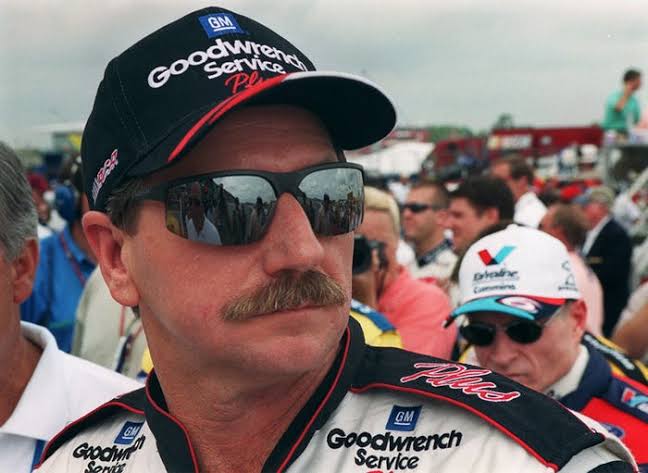Since the 2020 season, practice sessions in the Cup Series have nearly disappeared, with drivers and teams now limited to just 20 minutes of track time to familiarize themselves with their cars and conditions.
Initially implemented to cut costs, this decision has not delivered the benefits NASCAR had hoped for, particularly for smaller teams, leading to questions about its effectiveness.
Reflecting on earlier times, Dale Earnhardt Jr. took to social media to recall the days when NASCAR allowed over 12 hours of practice leading up to a race. This stands in stark contrast to the minimal practice time drivers now face, which might explain their struggles with the Next-Gen cars.
Dale Jr Highlights Contrast in NASCAR’s Practice Approach
Has reducing the length of practice sessions been beneficial for drivers and teams? Many in the NASCAR community argue it hasn’t.
The sanctioning body reduced or even eliminated practice sessions during the COVID-19 pandemic, and afterward, instituted a shorter practice schedule as a cost-cutting measure. While this was initially welcomed, Cup Series drivers now feel the negative effects outweigh any potential savings.
Many drivers and team owners believe that limited practice prevents them from making meaningful adjustments to their cars. Thorough data analysis on the performance of the Next Gen car at specific tracks requires substantial track time, something teams no longer have.
The days of spending an entire week preparing for a race—developing strategies, running numerous laps, and becoming familiar with the track—are gone. Now, teams must rely on simulations, an added expense they’ve had to shoulder in lieu of practice.
Impact of Limited Practice Time on Race Results
NASCAR’s cost-cutting measure disproportionately affects smaller teams, which lack the resources to quickly improve their cars in such a short practice window. In contrast, larger teams, with greater financial means, can invest in advanced simulators that replicate track conditions, giving them an edge. This technological advantage helps them better prepare for races, often resulting in superior performance.
Brad Keselowski, both a NASCAR Cup Series driver and co-owner of RFK Racing, is well-positioned to weigh in on the issue. Though Keselowski has previously supported efforts to reduce operational costs, he does not believe that cutting practice time has financially benefited his team.
When asked about the savings from reduced practice time, Keselowski remarked, “I haven’t seen how we’ve saved any money getting rid of practice, not from a team perspective. Maybe there were some savings elsewhere in the industry that I’m not aware of.
But there hasn’t been a significant cost savings. We’ve reallocated in a lot of ways to other demands, and it’s hard for me to understand the value proposition today to not have practice.” On whether he’d welcome additional practice time, Keselowski replied, “Yeah, I’m more than comfortable with it.”
The Shift from Practice to Simulations
Had NASCAR not reduced practice time, would teams have invested as heavily in simulators? It seems unlikely. Instead of saving money, the shift has simply redirected team expenditures from track time to advanced technology. This has not only increased costs but also diminished an aspect of the sport that fans once enjoyed, creating a lose-lose situation for all involved.
Will NASCAR extend practice sessions in the future? Share your thoughts in the comments!






















































